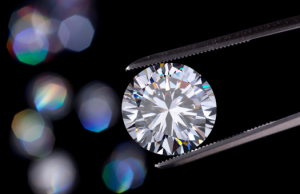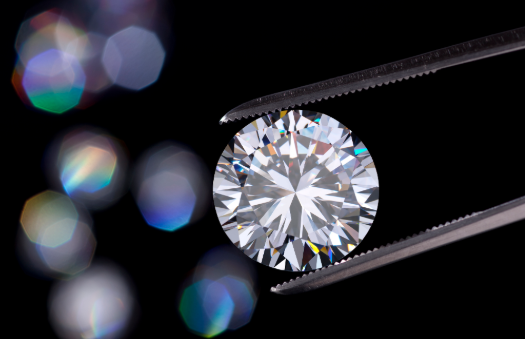Ahead of the festive season in India, consumers have a bounty awaiting them in the form of huge discounts being offered on diamond jewellery. With British lender Standard Chartered Bank slashing its exposure to the business, coupled with the Antwerp Diamond Bank going in for liquidation, a massive correction in prices of rough and polished diamonds is forecast by traders.
The end result – consumers could end up getting huge discounts, with diamond wholesalers attempting to offload their inventory.
While the Standard Chartered Bank is recalling its loans, aiming to reduce its exposure to the trade in India, it has also lowered its exposure to gold and bullion trade in India after a default by jewellery chain Winsome.

Vipul Shah, chairman of the Gems and Jewellery Export Promotion Council, said that the prices of both rough and polished diamonds would soften by around 10% to 20%, as demand was low and with the imminent changes, supply would increase further.
Manikbhai Dharmesh Sodia, another diamond trader said the liquidity crunch by the `biggies’ would force the sector to do away with their stock at a huge discount. “Though this might seem detrimental to Indian diamantaires in the short term, it might actually turn out to be rather beneficial in the long term, since it would filter out fly-by-night operators,” Sodia said.
Traders said that ADB’s total global operations were worth around $1.6 billion, and roughly $1.2 billion worth were from Antwerp. The rest were spread across branches in other parts of the world, including Hong Kong and India. Of its total operations, about 60% was being serviced to diamond traders of Indian origin.
In India, ADB is learnt to have had direct financing worth $200 million to $230 million through its Indian branch. With the possibility of ADB demanding a short window for repayments, an immediate liquidity crunch among diamond traders, especially those based out of Mumbai and Surat, was being feared.
US market trend
In the midst of all this, there is another problem confronting diamond exporters in India. Retailers said that unlike the past years, global buyers were now opting for ornaments in the mid lower end of the spectrum, preferring lower purity gold and small diamonds, especially coloured gems.
Though signs of an economic recovery in the US had led to hopes of a rebound in India’s gems and jewellery sales in the coming season, exporters have been very cautious. However, the liquidy crunch has now got them entangled in its tentacles. The demand for smaller diamonds was only adding to their woes.

“This year, we are receiving bulk orders from the US in the lower to mid-end category, against higher-end in the previous years. While the actual growth in orders will be known only after a few weeks, we are hopeful this season will be better than last year,” said the Council’s Shah on an optimistic note.
The global festive season, stretching till the second week of February, accounts for about 40% of global jewellery sales. As the US is the world’s largest gems and jewellery consumer (accounting for 38% of global annual demand), it is the most important market for global diamond ornament manufacturers and retailers.
While the US is on a recovery path, the European Union is showing signs of a slump. The US Federal Reserve has decided to phase out its quantitative programme by this year end, raising the prospects of a rise in interest rates.
De Beers, the world’s largest rough diamond miner, has said that it expects global jewellery demand to rise in the long term. In 2013, global demand for diamond jewellery stood at a record $79 billion, according to the inaugural Diamond Insight Report, published by the De Beers Group.










